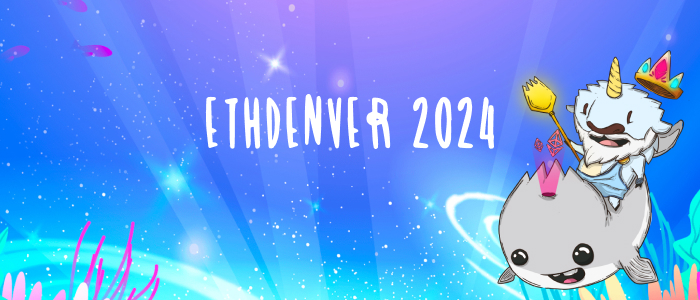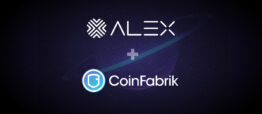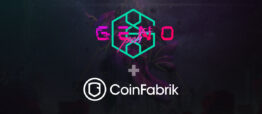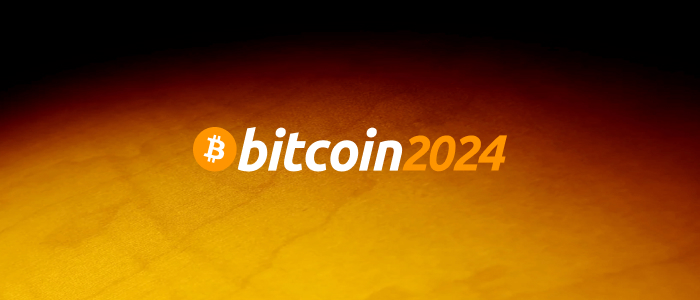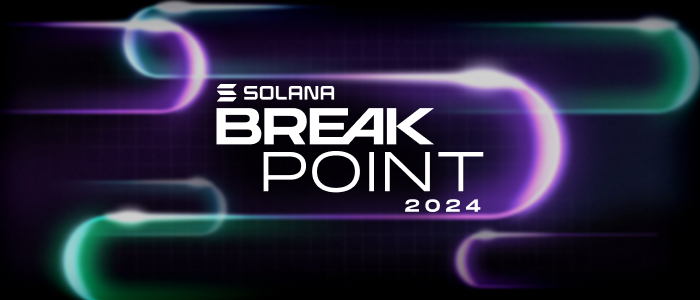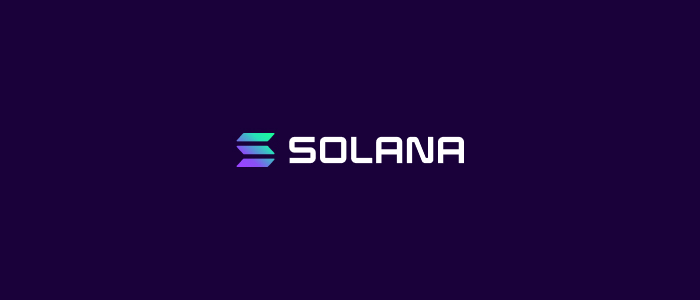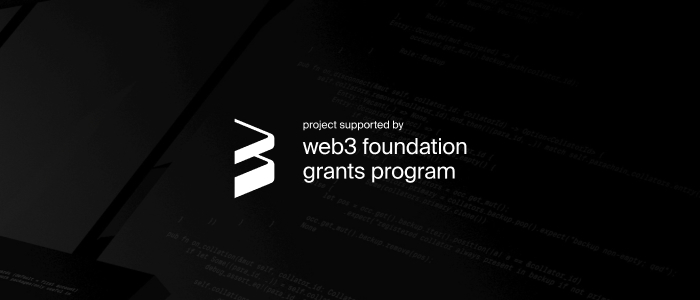With 2024 came a new crypto narrative, and that’s chain abstraction. If you haven’t heard about it yet, chain abstraction is an initiative that comes from the need for a more user-friendly experience when interacting with blockchains and their ecosystems. Especially for those who aren’t tech-savvy, because mind you, many of us ordinary dApps users don’t have a tech background or even know how to code a Hello World! for that matter.
The first time many of us heard about chain abstraction was back in January, when NEAR released a blog post presenting it to the general public.
We later heard Illia Polosukhin and Chris Donovan explaining the concept at ETHDenver, and then several podcasts followed suit where the topic was more broadly discussed. My favorite so far is this episode of Empire where besides touching on chain abstraction, we also get Illia’s input on other hot topics like modularity, DA, and sharding, which of course all of us crypto geeks love to ramble on about.
The vision is for users to use dApps without thinking about the underlying tech: whether that is NEAR, Bitcoin, Ethereum, EVM chains, Cosmos appchains, Solana, or any other chain.
Web3 fragmentation on the rise
The current Web3 experience is fragmented, and NEAR’s ultimate goal is to change this by creating a more unified experience that removes the inefficient and complex aspects of the interaction.
And really, if you are a regular DeFi user, you know how annoying it is to have your assets scattered across several wallets and chains, or what a nightmare it can be to bridge certain tokens between some L2s.
Oh, and if you don’t keep things well documented, good luck consolidating your onchain activity and balances.
Probably no one would disagree that having to switch between multiple wallets and networks just to find a token is terrible UX. Yet, those of us who like to try out the newest protocol, feature, or chain have almost surrendered to accepting this as reality.
But it doesn’t have to be this way. The massive improvements in infra over the last few years laid the groundwork for what’s coming next, and it’s now time to raise the bar in the UX and interoperability arenas.
Imagine if you would need to get Amazon pilled before using Netflix or Google to use Snapchat.
— Illia (root.near) (🇺🇦, ⋈) (@ilblackdragon) May 9, 2024
Chain Abstraction or bust.
And, of course, NEAR was designed from the start to make blockchain tech easy to use since it has native account abstraction built in. But now they are taking it a step further by leveraging the relations they’ve built in this space and bringing projects and devs together to create this unified, open environment.
And why this is important is because when projects work individually and compete with each other to attract users to their chains, the Web3 space becomes even more fragmented and it’s users who end up having this disjointed experience.
This isn’t to say projects shouldn’t release new chains and technology, but when things become increasingly hard to use for normies, that ends up landing a hit at self-sovereignty, which I’ll come back to at the end of this blog post.
Chain abstraction at work
IRL, chain abstraction looks like you having a single, intuitive interface from which you can make all transactions. No switching networks and accounts, no separate approval of transaction fees since these can be included in the transactions, and even smart contract functionality on blockchains that do not currently support it. Basically, what you would expect from an app like Coinbase or OKX. Except, this all happens onchain, and you don’t need to delegate custody of your assets.
NEAR came up with the account aggregation thesis, which consists of simplifying multichain interactions through a NEAR account that provides addresses across all chains. The outcome of this will be users being able to transact cross-chain without the hassle of multiple private keys.
For this, there are two main components that come into play: chain signatures and intent relayers. I recommend this playlist by NEAR DevHub, which serves as a great intro since it is well explained and easy to follow.
Chain Signatures: These will allow a NEAR account to operate and run transactions in another chain without needing a private key on that chain. NEAR uses MPC (multi-party computation) for chain signatures, which excites us very much here at CoinFabrik, as we have been researching and working on MPC solutions for over 4 years now.
Intent Relayers: Also leveraging MPC, they allow transactions on other chains without requiring additional tokens. Basically, you only use one wallet and one token, and the relayers handle all conversions behind the curtains.
Strategically, this is a very smart move by NEAR, as it makes it ideal both for users because of the good UX, and also for projects due to the ease of deploying a multichain dApp by just building a smart contract on the network that has addresses on other chains.
The underlying drive
Chain Abstraction is a very ambitious concept, yes. Ultimately, what NEAR has ventured into here is bringing the masses onchain. The journey to enable users to interact with the entire stack of dApps and chains in one place, as if they were using their favorite CEX, is a pretty bold mission to embark on. And a very noble one too.
And here is where I want to come back to the self-sovereignty aspect that I mentioned earlier, which is also one of the main drivers of NEAR’s narrative and it’s where I think we should focus as a community.
Let’s not forget why we are here in the first place. The ethos should always remain within sight: giving asset and data ownership back to the people is the main motivation.
At the end of the day, if we want adoption from new users and to improve the experience of those of us who are already here, the last thing we should be doing is overwhelming users with complexities. So, anything that promises to improve how users interact with blockchains should have the whole industry’s attention at this point in time.
